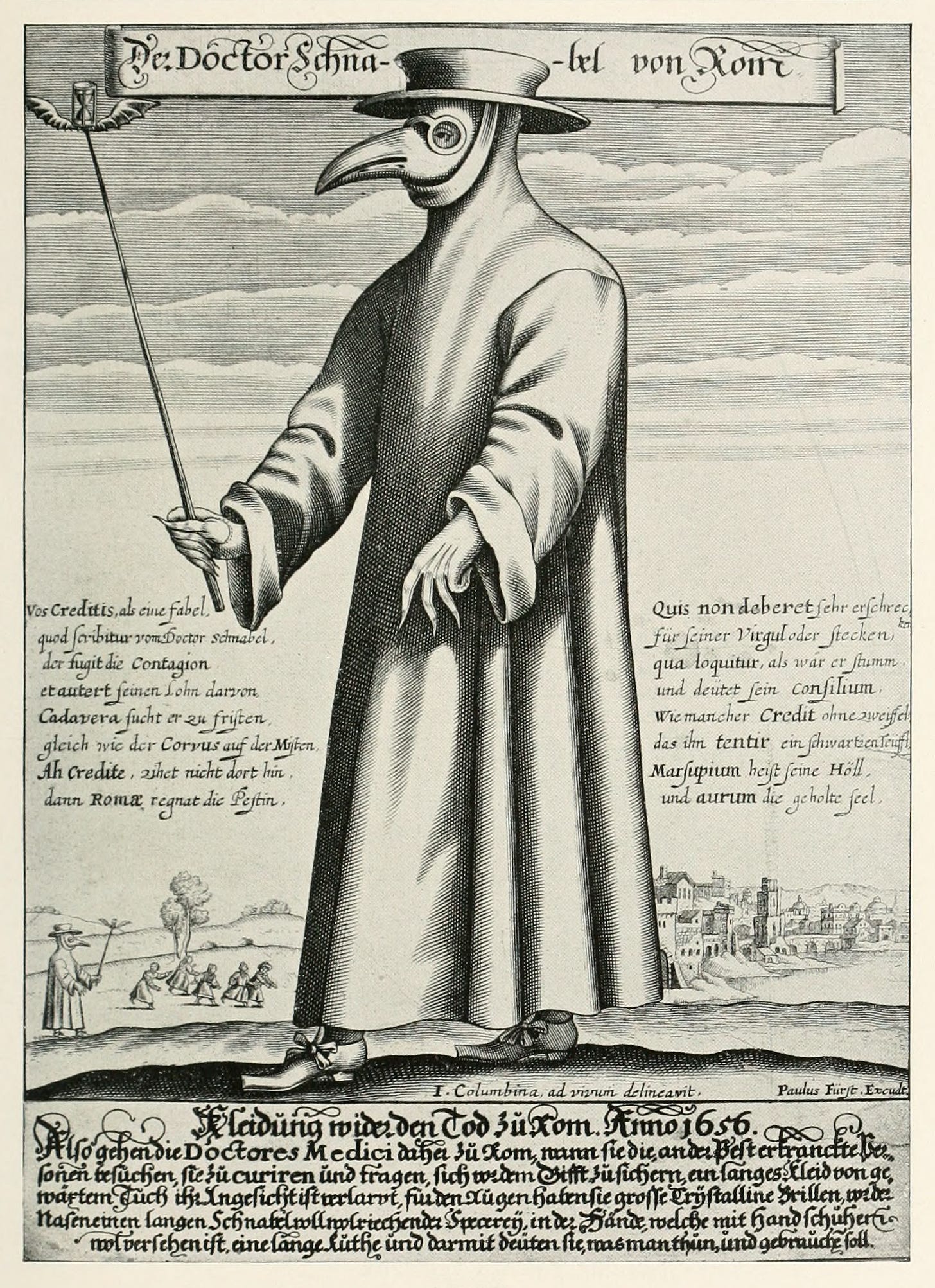
This post is adapted from an extended research paper I wrote as a history major at Princeton University. Part 2 comes out in August. A free preview is available to all subscribers. If you want to read more, please consider a paid subscription.
On May 25th, 1720, a merchant ship named Le Grand Saint Antoine arrived from the Levant and ignited one of the last major outbreaks of plague in Western Europe. In the (translated) words of M. Bertrand, a physician who survived the event:
[The plague] soon broke out with irresistible fury, spreading over the whole city, and sweeping down all before it. Rich and poor, male and female, young and old, alike became its victims, and the whole town was filled with mourning and tears.
The ensuing epidemic killed 39,334 of the city’s preexisting population of 90,000, spread to neighboring cities of Provence, and at its height, killed 1,000 people a day in Marseille. All told, 43.7% of the city’s population was wiped out in a matter of months.
In the early 18th century, Marseille appeared to be quite capable of preventing a plague outbreak. The city was experienced with plague, having been attacked by nineteen major plague epidemics over the course of its history. To mitigate this threat, Marseille was equipped with a sophisticated public health system of quarantines, lazarettos and hospitals. In many ways, however, this seeming preparedness made the city more of a target, a powder keg ready to explode. Over 1500 ships passed through Marseille’s port a year, the largest in Southern France. In 1709, the French crown designated the city the quarantine port for all of France, so that all ships traveling from the Levant had to be quarantined in Marseille first. The city prospered, but all this trade would come at a cost.
But what caused the plague of Marseille? And how did it spread? In our modern world, still limping from the COVID-19 pandemic, we can learn a lot by unpacking the pandemics of the world’s past.

The plague cycle and Yersinia Pestis
We can begin to understand the magnitude of the catastrophe by placing it within its context: throughout European history, plagues have occurred every few hundred years in successive waves. The plague of Marseille is considered to be one of the final waves of the Black Death, the 1348 outbreak that killed more than one third of the European population—both outbreaks are labeled under the umbrella of the “second pandemic.” The “first pandemic,” the Plague of Justinian in 541 CE, preceded this second pandemic, which in turn was succeeded by the “third pandemic,” the 1894 outbreak that mostly affected China and India. The third pandemic, while not having the same devastating effect as previous plague outbreaks, persists today: plague is considered to be a reemerging infectious disease.
The general consensus regarding the three pandemics is that they were all caused by the same pathogen: Yersinia Pestis, a bacterium that can be spread by parasites such as fleas, which are in turn carried on the backs of rodents, such as rats. While investigating the 1894 outbreak in China, Alexandre Yersin and Kitasato Shibasaburō discovered Pasteurella Pestis, renamed in 1954 to honor Yersin. Significantly, the pair of scientists identified the bacillus as the cause of all historical plagues. Since then, the majority of historians have conflated Y. Pestis and the disease it causes, bubonic plague, with the historical concept of plague in general, despite the fact that the “plague” was a term historically used to characterize a set of symptoms, rather than the identity of the pathogen itself. (Medieval historians did not have the benefits of modern germ theory.) Moreover, scholars have begun to present evidence that challenges whether bubonic plague was always the culprit—or the cause at all—of various historical epidemics.
The Black Death and associated plague outbreaks are often problematic in the study of history, which typically hinges on human agency. By being a “Great Disaster,” plagues are often considered as “acts of God” in which humans are helpless. Since Yersin’s time, the rats have always been the villain, the instrument of God or nature’s will to punish human societies. Yet the Plague of 1720 presents a different story: there is only one reference to dead animals in the city in the record of this outbreak, and it never explicitly calls them rats. So we must look for another explanation.
What if merchandise infested with bubonic plague-infected parasites was the primary vector for disease, rather than rats, and humans actively moved the infested merchandise along, ensuring the plague’s devastation? Then the villain of this outbreak was not rats, but merchants misguided by greed, or just as likely, ignorance.
Keep reading with a 7-day free trial
Subscribe to THE USONIAN to keep reading this post and get 7 days of free access to the full post archives.

